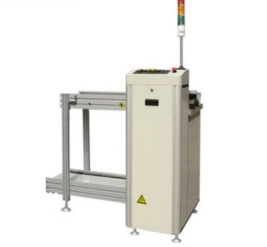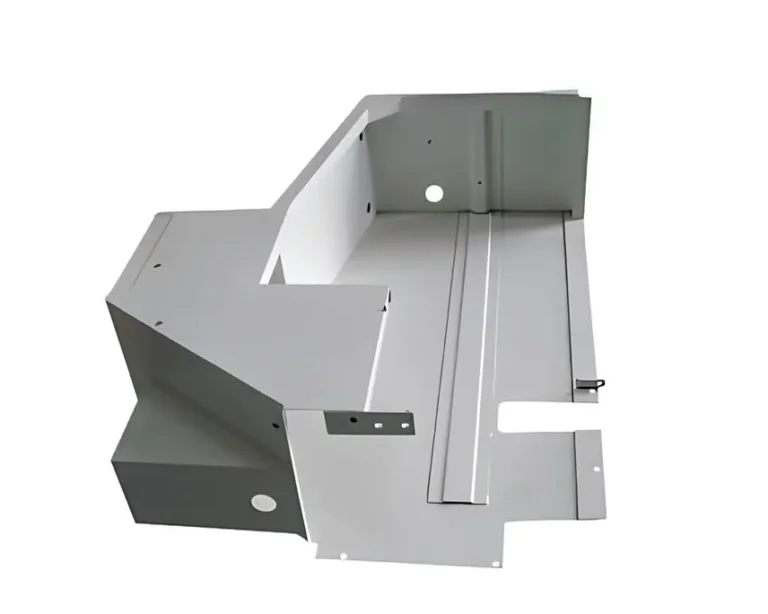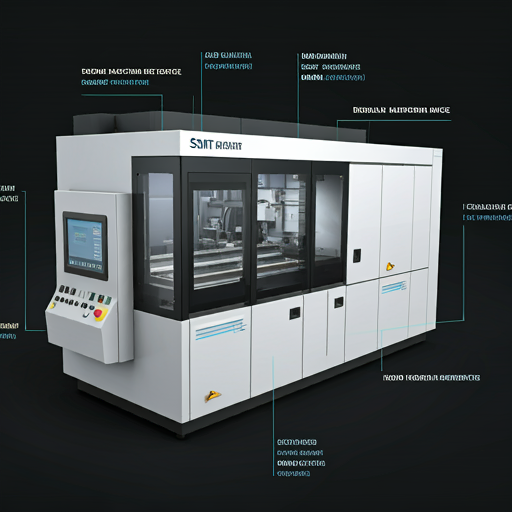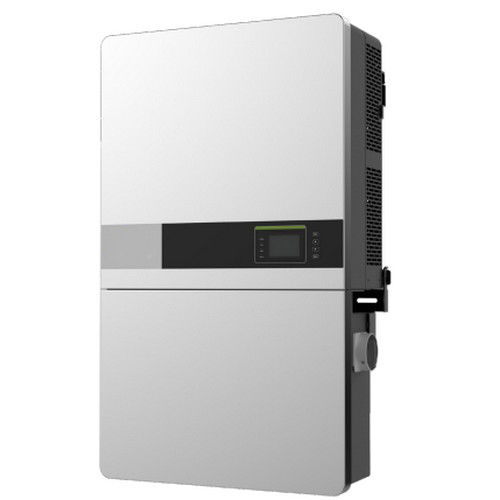In today’s interconnected world, the need for robust network security has never been greater. One crucial component in this equation is the firewall, a device that filters and controls the flow of data across a network. Among various types of firewalls, the rackmount firewall has emerged as a popular choice for businesses seeking a secure and efficient network solution.

The rackmount firewall is designed to be installed in a standard rack, hence the name. It offers a highly scalable and manageable solution for organizations with growing network needs. The firewall is typically equipped with advanced security features, including intrusion detection and prevention systems, content filtering, and application-level controls. It can be configured to block unauthorized access, prevent data leaks, and detect malicious activities on the network.
One of the key advantages of the rackmount firewall is its flexibility. It can be customized to fit different network configurations and expand as the organization grows. This flexibility allows businesses to easily adapt to changing network demands and evolving security threats. The firewall can be integrated with other network components, such as routers, switches, and load balancers, to create a comprehensive and unified security architecture.
In addition to its flexibility, the rackmount firewall offers high performance and reliability. It is designed for 24/7 operation and can handle large amounts of traffic efficiently. The firewall typically uses optimized hardware and software components to ensure reliable and consistent network protection. It also provides redundant power options and hot-swappable components for maximum uptime.
When selecting a rackmount firewall, it is essential to consider several factors. One of the most important considerations is the firewall’s capabilities and features. Look for a firewall that offers robust security features, such as stateful inspection, deep packet inspection, and application-layer protection. It should also have the ability to handle various traffic types, including TCP, UDP, and ICMP.
Another crucial factor is the firewall’s manageability. Look for a firewall that provides easy-to-use management interfaces, such as web-based graphical user interfaces (GUI) or command-line interfaces (CLI). These interfaces should allow administrators to configure policies, monitor traffic, and perform troubleshooting tasks with ease.
It is also important to consider the firewall’s expandability and scalability. As the network grows, so should the firewall’s capabilities. Look for a firewall that offers flexible scaling options, such as supporting multiple expansion modules or blades. This allows administrators to add more functionality or increase throughput as needed.
In conclusion, the rackmount firewall offers a secure and efficient network solution for businesses of all sizes. Its flexibility, performance, and manageability make it an excellent choice for organizations looking to protect their networks from unauthorized access and malicious activities. When selecting a rackmount firewall, it is essential to carefully evaluate its capabilities, manageability, expandability, and overall suitability for the specific network environment. With the right firewall in place, businesses can rest assured that their networks are well protected against the ever-present threat of cyberattacks.
0








